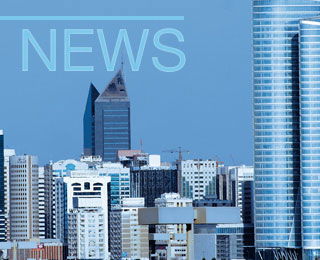Yesterday, shares in West China Cement rose nearly six per cent on news that a sufficient majority of option-holders had agreed to an acquisition by largest listed Chinese peer, Anhui Conch Cement, reports the Australian Financial Review.
The deal should have the government's blessing as further consolidation is needed in the sector. Last week, the State Council reiterated its desire for a more concentrated industry. It wants the top 10 players to control three-fifths of capacity by 2020. This is even less radical than it sounds. HSBC points out that the top 10 cement producers already controlled 54 per cent of the market as of the end of 2015.
Last week, the government said it would spend nearly seven per cent of GDP on infrastructure projects over the next three years. Construction activity has improved as housing starts have rebounded. Yet supply is more than adequate to satisfy more demand and industry consolidation is seen as the way forward to keep shareholders of the large firms satisfied.
Consolidation has been showcased elsewhere. Last July, European giants Holcim and Lafarge merged to become the world's largest cement producer. Economies of scale did not spare the merged entity from having to announce a reduction in capex by November. Despite expected savings of US$1.6bn (US$2.2bn) by 2017 and anticipated improved pricing power, the maiden set of results highlighted the need to conserve free cash flow. HeidelbergCement has been faring far better. It has, at last, digested its own overblown 2007 acquisition.
Fitch Ratings points out that Chinese clinker production capacity last year was 2bnt, compared with output of 1.3bnt. So, despite an increase in China’s cement output of 13 per cent in the four months to April, prices over the same period actually dropped one-tenth.

Power Cement reports positive 3Q and 9MFY24-25 results
Pakistan-based Power Cement Ltd posted PKR7.182bn (US$52.5m) in revenue for the quarter ended ...